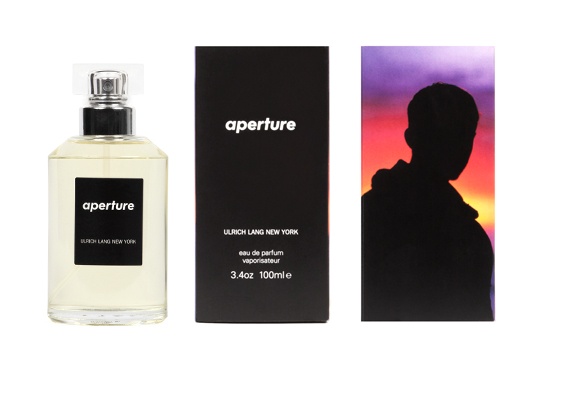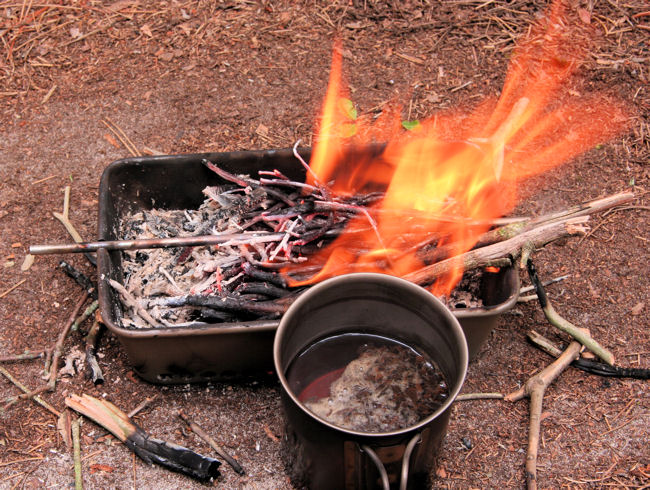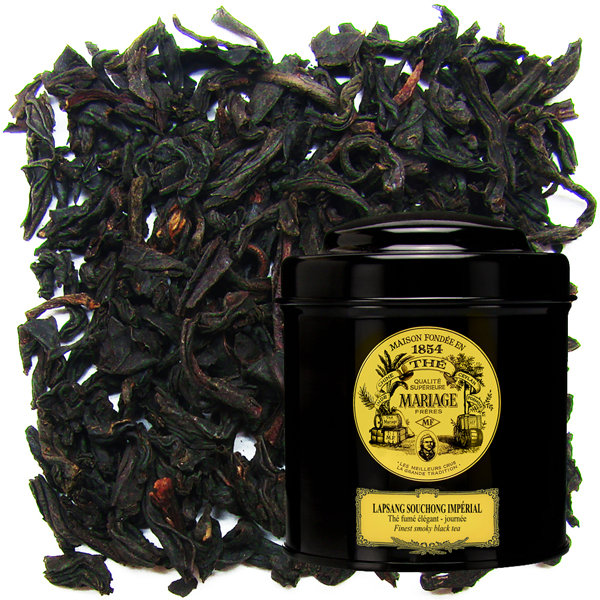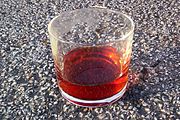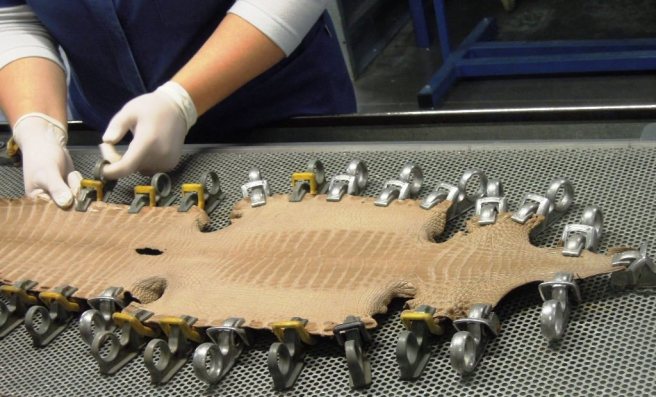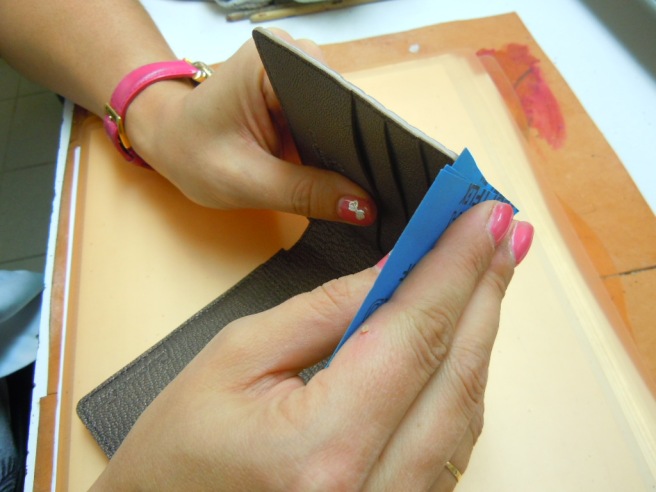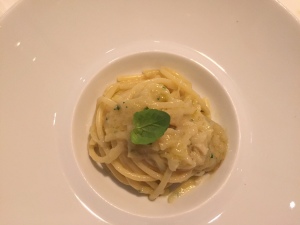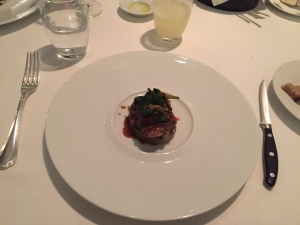“Louis Vuitton has become too ordinary,” a billionaire woman told China Market Research Group. “Everyone has it. You see it in every restaurant in Beijing. I prefer Chanel or Bottega Veneta now. They are more exclusive.”
Gucci is similarly suffering from a reputation problem, while bespoke goods and less-well-known European labels are soaring in popularity amongst affluent buyers.
Exclusivity is the eternal watchword of the luxury goods industry. But in the digital age where information is ubiquitous how can luxury purveyors maintain the aura of being exclusive when their brands are in danger of becoming over exposed?
Bespoke items remain the ultimate luxury good.
The concept of bespoke dates back to the emergence of London’s Savile Row in the eighteenth century as the premier tailoring destination for men’s clothing, including suiting, shirts and shoes, designed for and made specifically to the measurements of each customer.
Over time, the term bespoke has evolved to gain a wider currency that today encapsulates any luxury product or experience that has been specifically tailored to the exact requirements of a customer. It is entirely separate from the over-worked expressions custom or made to measure whose meaning is to make certain adjustments to an existing design or pattern.
Bespoke is the epitome of the luxury experience and therefore inherently the most expensive option available.
Whether it’s a handmade suit from Brioni, a specially commissioned cigar humidor by Elie Bleu or an alligator bag from Bianca Mosca the ultra‐high‐end and bespoke category is a no‐limit segment where all the craziest dreams (and prices) come true.
“The brands bought are actually more important than the level of money earned,” HSBC managing director Erwan Rambourg wrote in his recent book, “The Bling Dynasty: Why the Reign of Chinese Luxury Shoppers Has Only Just Begun.”
Rambourg created a brand pyramid to show how major brands range in accessibility from everyday luxuries to ultra-high-end luxury and bespoke like Hermès and Bianca Mosca.

What of the future? If it’s a safe bet now that tomorrow’s luxury consumer will seek brands that speak to their unique selves, further down the road, logic says it will go one step further: affluent consumers will demand solutions that can adapt on the fly to precisely the person they want to impress.



